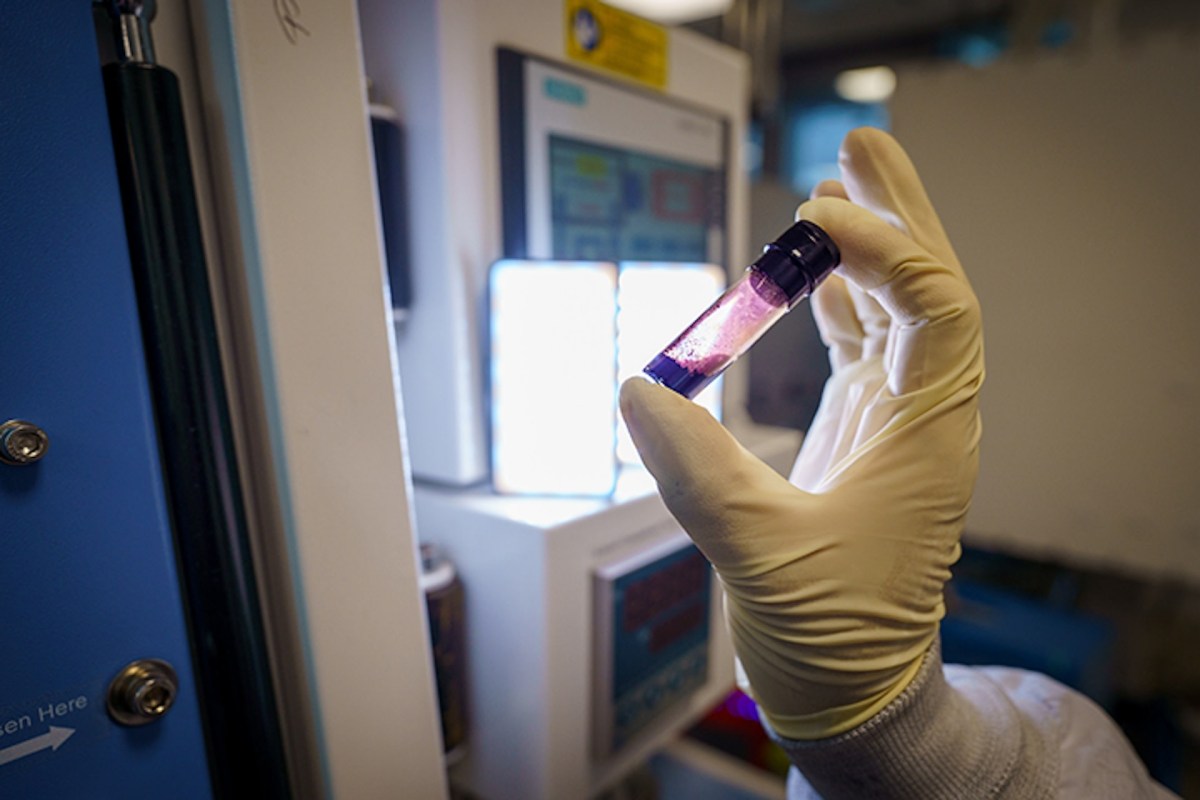A battery cathode in development in labs at the University of California San Diego has Wolverine-like self-healing properties.
Better yet, the regenerative ability of the lithium-sulfur electrode could help to unlock chemistry that doubles electric vehicle range, according to the experts. It's a promising breakthrough with fascinating potential.
"We are very excited about the discovery of this new material," study co-senior author Professor Ping Liu said in a university lab report.
Lithium-sulfur tech is already being developed in other labs, offering a clean, lightweight, and lower-cost alternative to common lithium-ion batteries.
UC San Diego experts take it to another level with a sulfur cathode that has a rejuvenation ability seemingly fit for the Marvel Universe.
It starts when the cathode suffers structural damage, which accumulates during operation. To solve the problem, the team made a cathode crystal from sulfur and iodine. The iodine molecules have great impact, increasing conductivity "by 11 orders of magnitude, making it 100 billion times more conductive than crystals made of sulfur alone," per the lab report.
"The drastic increase in electrical conductivity in sulfur is a surprise and scientifically very interesting," Liu said.
Furthermore, the cathode material can melt at a low temperature — about 149 degrees Fahrenheit — at what the UC San Diego team likens to a cup of hot coffee. The low melt point allows the cathode to essentially heal damage during operation.
"Iodine disrupts the intermolecular bonds holding sulfur molecules together by just the right amount to lower its melting point to the Goldilocks zone — above room temperature yet low enough for the cathode to be periodically re-healed via melting," study co-senior author Professor Shyue Ping Ong said in the research summary.
It's science that has great implications for battery longevity.
"The ability for a battery to self-heal simply by raising the temperature could significantly extend the total battery life cycle, creating a potential pathway toward real-world application of solid-state batteries," Christopher Brooks, a co-author and chief scientist at Honda Research Institute USA, said.
🗣️ If you're thinking about buying an EV, which of these factors is most likely to convince you that it's a smart decision?
🔘 Seeing friends and family buy EVs 👯
🔘 Seeing first responders use EVs 🚒
🔘 Seeing businesses use EVs 🚕
🔘 Seeing celebrities drive EVs 🤩
🗳️ Click your choice to see results and speak your mind
The news coming from the lab had more marvels.
A test battery maintained 87% capacity after 400 cycles. And the experts said this type of power pack can hold double the energy of lithium-ion batteries. That corresponds to twice the range for EVs, all per the university report.
The rest of the battery includes a lithium anode and solid electrolyte. During operation, ions move between the anode and cathode through the electrolyte. Experts note that the solid version can deliver greater storage capacity and safety.
It's a tease for what the tech, which the team in San Diego continues to perfect, could mean for our future transportation system.
A doubling of EV range could kick the doors open for interest and accessibility in an already thriving market. Cox Automotive reports that a record 1.2 million EVs were sold in the U.S. alone last year. Each one signifies a gas-guzzler that has been left safely parked.
Driving an EV for a decade could prevent an estimated 100,000 pounds of planet-warming air pollution from spewing into the atmosphere. The positive results can be far-reaching, impacting the weather, our crops, and even our food supply. What's more, motorists can save an estimated $15,000 during a 10-year period by going electric, as well.
"While much remains to be done to deliver a viable solid-state battery, our work is a significant step," Liu said in the lab report.
Join our free newsletter for weekly updates on the coolest innovations improving our lives and saving our planet.









